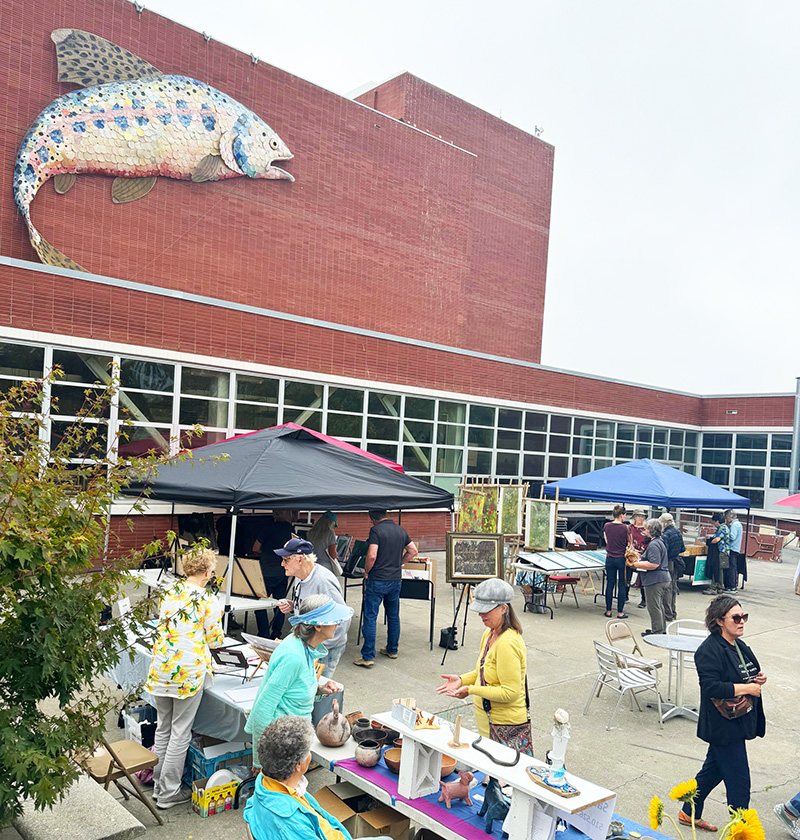Meet Teaching Artist Anna Kingsley
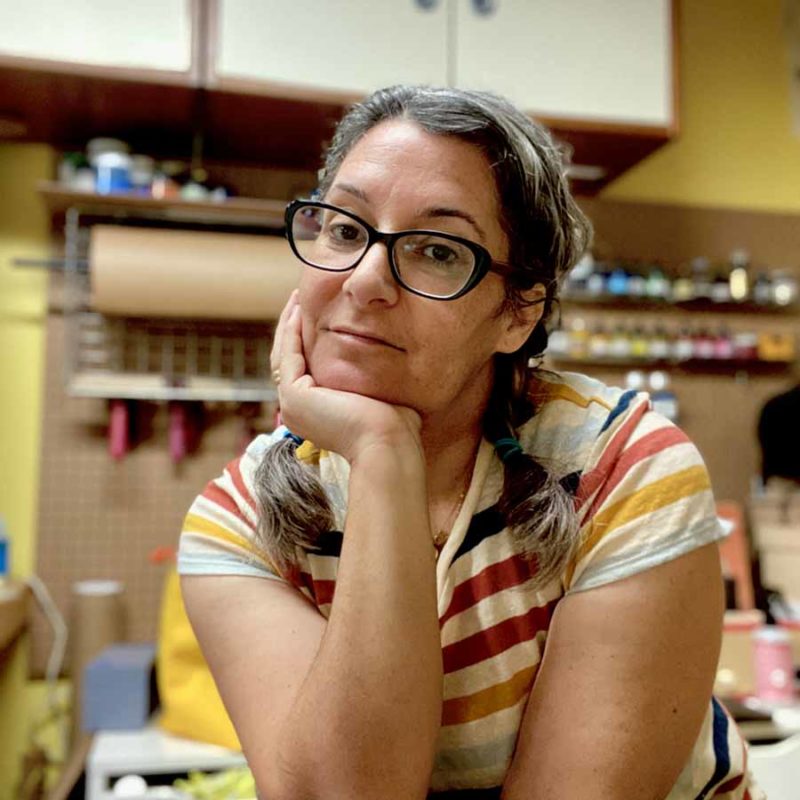
Meet Teaching Artist Anna Kingsley Anna Kingsley is an artist from Oakland, California. Since 2011 she has owned and operated Brick Factory Designs, a letterpress studio and bindery, and has happily produced customs designs for even happier clients. We spoke with Anna about her work, as well as the classes and workshops she’ll be teaching […]
Richmond Art Center will be at the West Contra Costa Education Fair
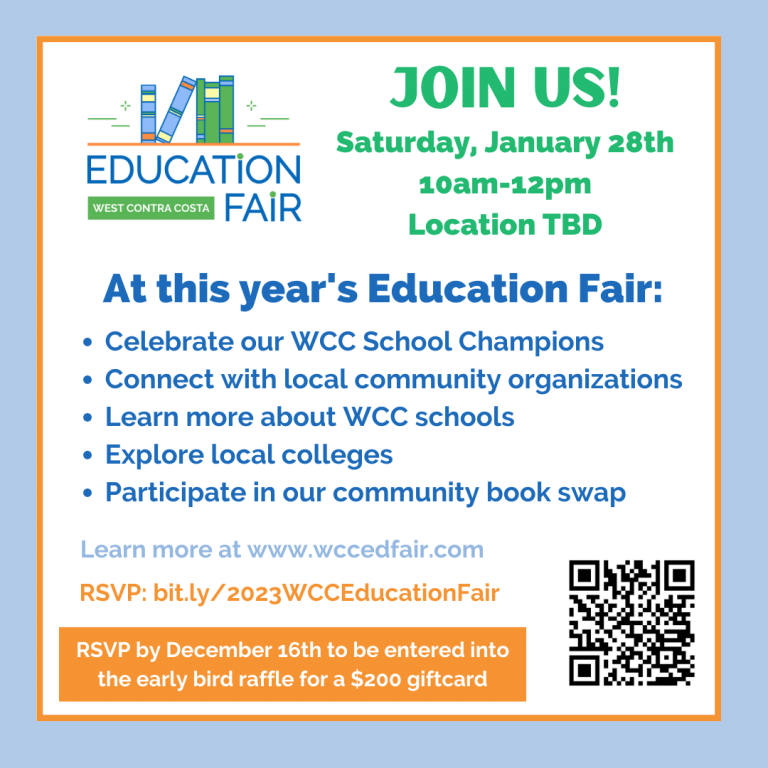
West Contra Costa Education Fair Saturday, January 28, 10am-12pmDeJean Middle School, 3400 Macdonald Ave, Richmond More info: wccedfair.com Richmond Art Center will be at the West Contra Costa Education Fair this Saturday! Come speak with over sixty local schools and connect with community organizations to learn about opportunities for youth in West Contra Costa. RSVP
Press Release: Announcing Winter Exhibitions at Richmond Art Center
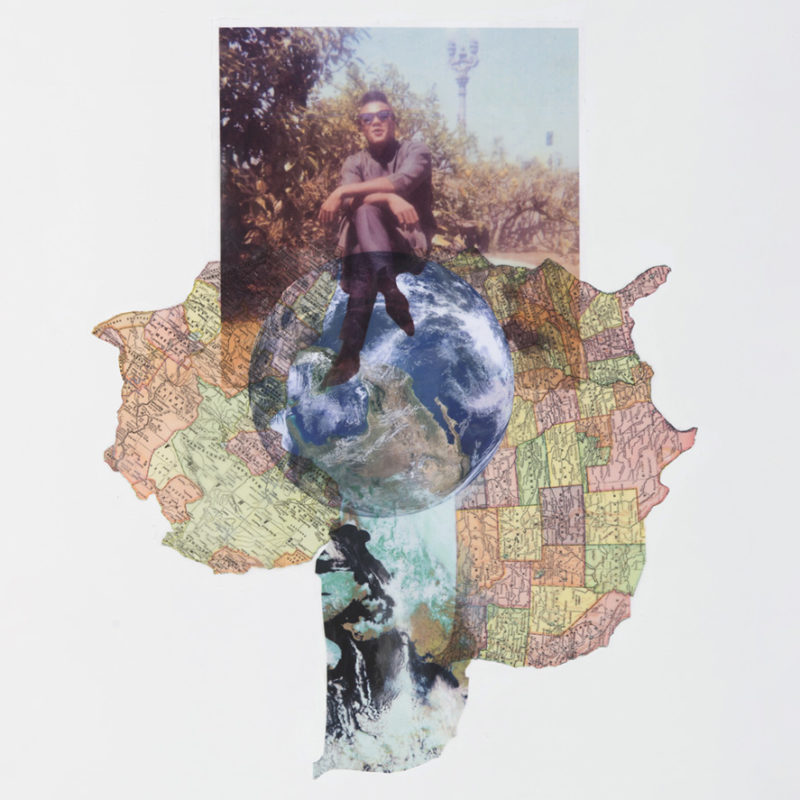
FOR IMMEDIATE RELEASEJanuary 5, 2022 ANNOUNCING: Winter Exhibitions at Richmond Art Center January 18 – March 18, 2023Richmond Art Center2540 Barrett Avenue, Richmond, CA 94804Gallery Hours: Wednesday-Saturday, 10am-4pmExhibitions and events are all free and open to the public Richmond, CA: Richmond Art Center will present three new exhibitions this winter: Art of the African Diaspora, Connected Always, and The Remembrance […]
Hyperallergic: Statue of Native Activist Mysteriously Lost (and Found) in Oakland

Link: https://hyperallergic.com/791346/native-activist-leonard-peltier-statue-mysteriously-lost-found-in-oakland/ Artist Rigo 23’s sculpture of Leonard Peltier was eventually found with its arm missing and racist graffiti scrawled on a U-Haul truck in which it was being transported. by Matt Stromberg LOS ANGELES, Calif. — Artist Rigo 23’s statue of incarcerated Native American activist Leonard Peltier has traveled across the county, stood watch alongside […]
Happy New Year from all of us at Richmond Art Center!
Wasn’t 2022 beautiful? We’re looking forward to new adventures together in the New Year. And if you can, please consider supporting our End-of-Year Appeal. Your donation – any amount – will support Richmond Art Center’s free gallery admission, exhibitions, education programs, and community outreach. Ways to Donate: Other ways you can support Richmond Art Center: Top images: 1. Youth students in the […]
12/31 Update on Stolen Leonard Peltier Statue
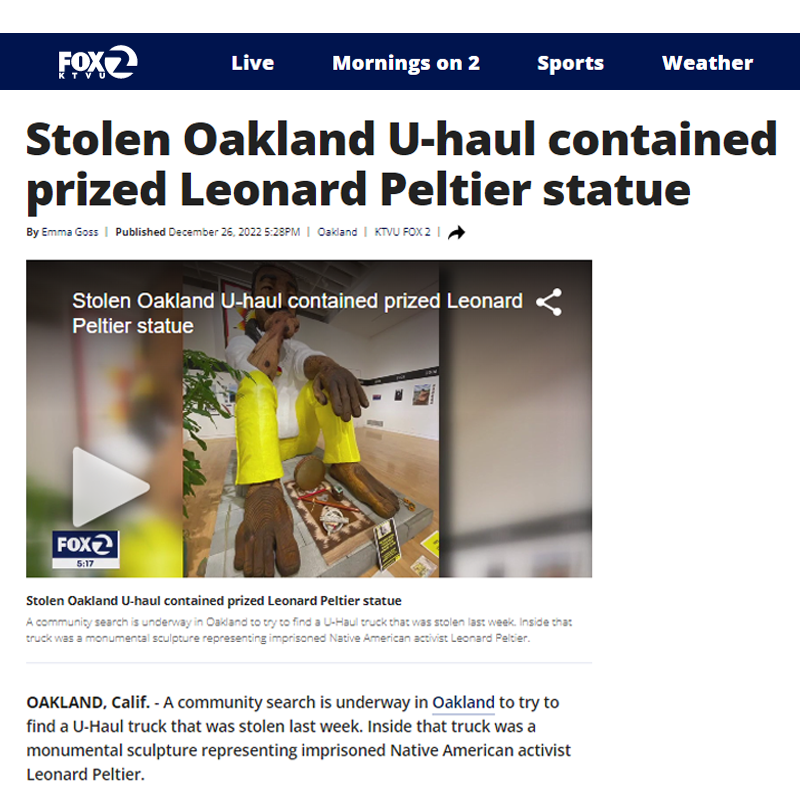
Rigo 23’s statue of Leonard Peltier was stolen from a U-haul in Oakland on 12/23. UPDATE 12/27 6PM: Most of the Leonard Peltier statue has been recovered. HOWEVER, THE STATUE’S LEFT ARM/HAND REMAINS MISSING. If anyone has information about its whereabouts please contact Oakland PD or leave tips on RAC’s voicemail: 510-620-6772 UPDATE 12/31 2PM: […]
Stitching Stolen Lives: Book Talk With Author and Founder of SJSA, Sara Trail
3/4/23
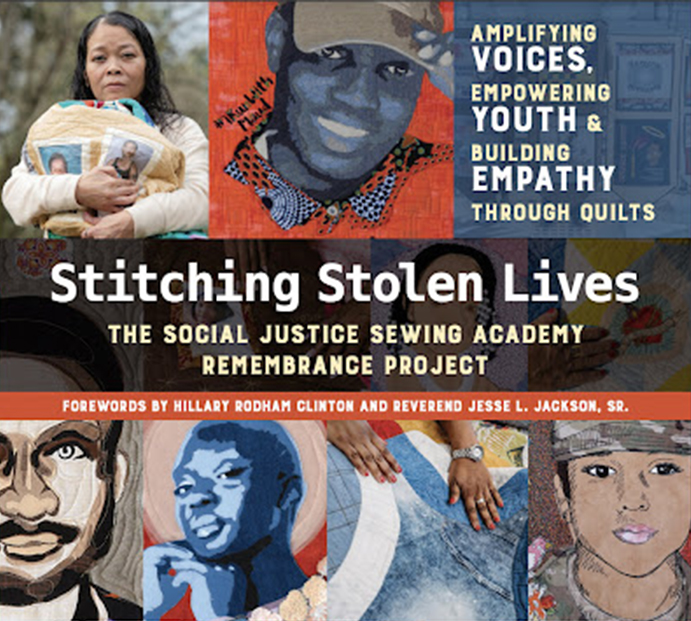
Stitching Stolen Lives: Book Talk With Author and Founder of SJSA, Sara Trail Saturday, March 4, 1pm-2:30pm Richmond Art Center, 2540 Barrett Avenue, Richmond, CA FREE Join us for a talk and book signing with Sara Trail, founder of Social Justice Sewing Academy and co-author of Stitching Stolen Lives, a book that chronicles the work […]
Richmond Confidential: After city reduces funding, Richmond Art Center campaigns for donations to keep going
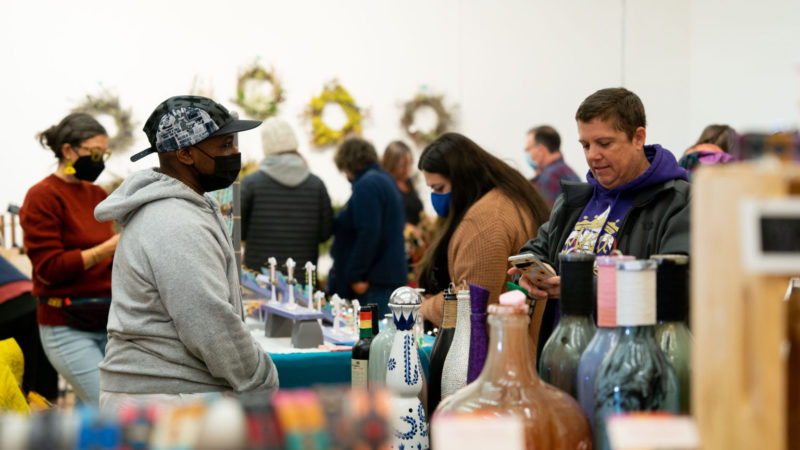
Sasha Schell on December 13, 2022 Hyperlink: https://richmondconfidential.org/2022/12/13/richmond-art-center-funding-donations/ The Richmond Art Center has overcome much in recent years, including the closure forced on all during the pandemic and more recently, a significant loss in donations over the summer. As 2023 looms, Executive Director José Rivera says that despite bouncing back from the major revenue losses of 2020, the […]
Richmond Artists Meeting
2/28/23
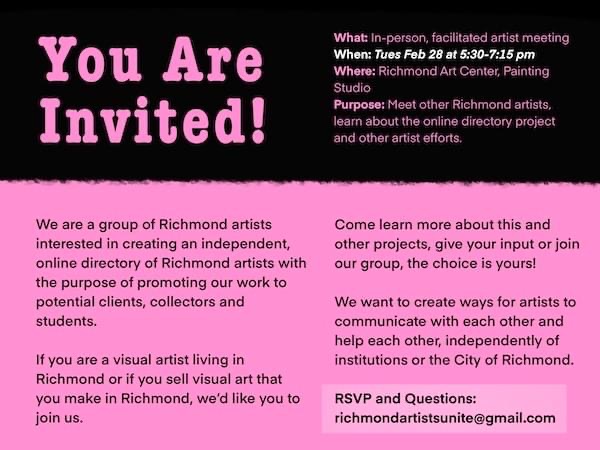
Richmond Artists Meetings Tuesday, February 28, 5:30pm-7:15pm Richmond Art Center, 2540 Barrett Avenue, Richmond, CA FREE A group of Richmond artists is meeting to discuss creating an online artist directory. If you are a visual artist living or working in Richmond and would like to attend this meeting, please RSVP at richmondartistsunite@gmail.com to help plan […]
Wanda Gonzalez EP Release Event
2/26/23
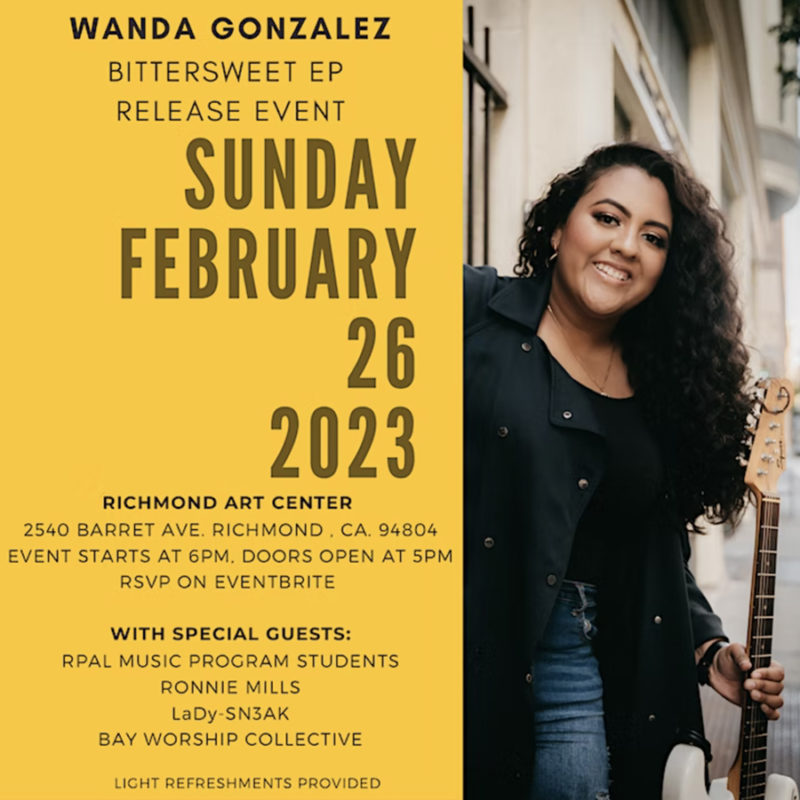
Wanda Gonzalez EP Release Event Sunday, February 26, Doors Open at 5pm Richmond Art Center, 2540 Barrett Avenue, Richmond, CA Join Wanda Gonzalez in celebrating the release of her very first EP, “Bittersweet!” Live performances by Richmond Police Activities League/Empowering Youth Through Music students, Ronnie Mills, LaDy-Sn3AK and Bay Area based Christian music group Bay […]

